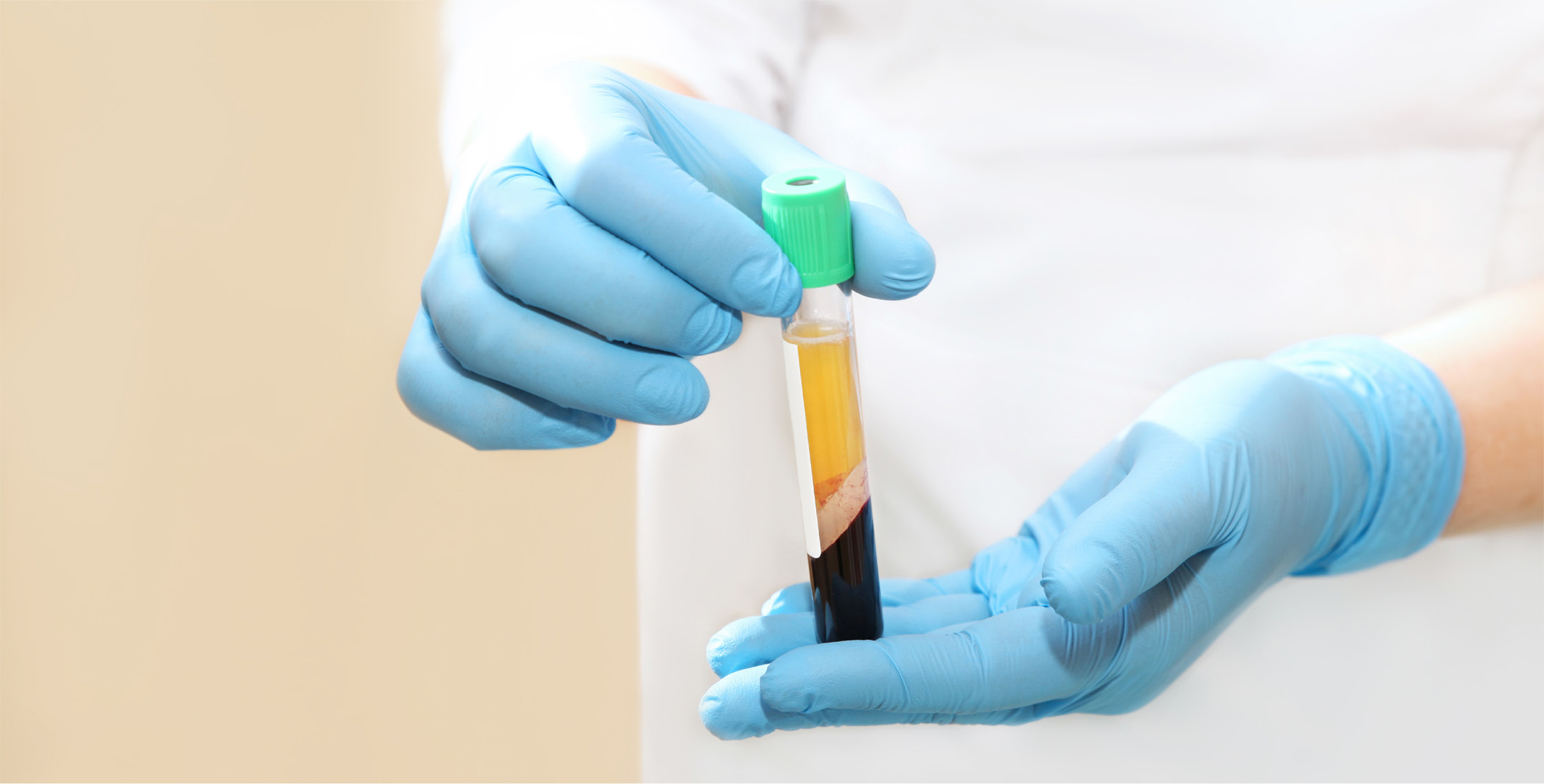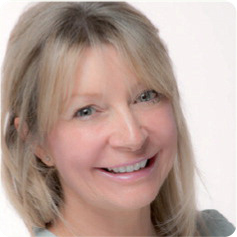

As Chair of the British Association of Cosmetic Nurses (BACN) and a clinic owner, recently, I have been asked how I see the aesthetics speciality affected by the financial instability that is rocking our economy, with rising costs and inflation rates. Historically the aesthetics injectables market has grown 10% a year, mainly due to expanded services in aesthetics clinics, shifting consumer attitudes about wellness, ageing and beauty and an increase in the awareness and acceptance of medical aesthetic treatments among both men and women.
The COVID-19 pandemic showed the resilience of the medical aesthetics injectables market in spite of the concerns we had. Clinicians were resourceful and used the benefits of technology to keep patients informed and encourage online consultations, webinars, educational information and product sales.
When we finally opened our clinic doors, we noted that not only was our regular patient base sustained, with patients rapidly returning for maintenance procedures, but we had a new cohort of patients driven by increased virtual interaction—dubbed the ‘Zoom effect’. We also saw emerging patient groups, such as men and younger people, who had researched treatments on content-rich social media and were financially healthy.
Analysts’ consensus is encouraging, and that revenue growth is estimated no less than 12% a year for the next 5 years. According to an October 2021 McKinsey survey of 10000 consumers and 500 healthcare practitioners in the world's main aesthetic markets, supported by in-depth interviews, social media listening, internet scans, and intellectual property analysis, the annual growth could be as high as 14% (Leclerc et al, 2021).
Whether the market will track along the expected trajectory will depend on how effectively practitioners can capture the growth trends and meet the needs of potential new patients. As providers, we must meet patients’ needs, harness the new groups of patients that are being seen, look at all that is emerging in new technologies and growth areas and consider adopting these into practices.
Regenerative medicine
Without a doubt, regenerative medicine of all kinds is at the forefront of aesthetic medicine, and incorporation will give an extra dimension to practices. When you think about it, non-invasive therapies, such as radiofrequency (RF), are a form of regenerative therapy.
Modern regenerative treatments work at the cellular level to unlock and activate existing processes present in our bodies. Currently, the most prominent among these treatments are platelet-rich plasma (PRP), stem cells, growth factors and most recently, exosomes. Compared to adult stem cells, exosomes contain nearly three times the amount of growth factors. Hair restoration and weight loss services are also growth areas of aesthetic medicine, and new treatments and technologies are being seen, with many clinics launching these services.
For many years, there have been just three neuromodulators, but with three new products licensed in the UK this past year—Nuceiva (Evolus), Letybo (Croma) and Alluzience (Galderma)—there is now more choice. Additionally, with all brands behaving differently, there is an opportunity to focus on the individual properties, and even improve results and patient satisfaction.
Introducing new treatments
Increasingly, patients come to their first aesthetics procedure well informed. They may ask for specific brands or treatments, and it is up to the practitioner to be informed, do their own research (Facebook forums are not evidence!), educate themselves and their patients and ensure that whatever treatments are introduced to their practice have a solid evidence base.
It is easy to be misled in aesthetics, both as a patient and as practitioner. I never introduce new treatments that have not been robustly researched and evidenced, and I am not swayed by the manufacturer's rhetoric. Scepticism in aesthetics is a healthy prerequisite.
Many new injectables continue to enter the market, with differing rheological properties and advanced technology. However, when patients select a practice, according to a Clarivate analysis (2022), they list the reputation of the providers and their expertise as the most important consideration.
In this case, it is down to the practitioner to develop their expertise and reputation and be recognised as a specialist and advanced medical aesthetic nurse. The BACN is here to help and guide nurses in this area. Our current membership now stands at a record 1115 nurses, and we are looking at how we can offer more services to this growing number.
Looking back and planning ahead
Our September 2022 BACN Annual Conference in Birmingham had the most nurses presenting than any other year, which was wonderful, although it took some persuading for some to step out of their comfort zone. We are conscious that many companies do not use nurses to present, instead opting for doctors. We have so many nurses with such incredible experience and knowledge; however, it is evident that many nurses do not have the confidence or the presentation skills required to stand in front of an audience and showcase their wonderful expertise. Presenting is an art and requires training and practice. With this in mind, the BACN will be arranging a presentation skills day in 2023 to help gain some understanding, expertise and confidence to achieve in this area. Please look at the BACN members’ website for updates.
We will also be holding a 1-day symposium at the end of March 2023 for advanced practitioners, so please look at the website for updates of the programme, date and venue, and we will be sending out details to members.
Our re-edited BACN/Royal College of Nursing (RCN)-accredited Aesthetic Nurse Competency Framework was delayed due to COVID-19 and the workload of our team over the past year, but it is now being prioritised, and we expect it to be finalised in the first quarter of 2023, before being peer-reviewed and adopted. We will then look at how we use the framework to determine future policies and programmes on education and training, assessment and continuing professional development (CPD). We will also be looking at how we assess the competence of our members. At the conference, we were able to offer limited spaces for a Level 3 assessor qualification in aesthetics, with strict eligibility entry criteria, which will soon be trialled and then hopefully launched to the broader membership in the New Year.
The BACN has also been running a Bursary Award programme following a donation from Church Pharmacy, and BACN members are able to apply for financial support towards the fees of completing the V300, which is subject to certain conditions of eligibility.
In regard to the regulation of non-surgical treatments, as set out in the new provisions of the approved Health and Social Care Act 2022 (UK Government, 2022), the act set out proposals for:
- A new licensing system, which is overseen by Environmental Health Officers in England
- A national public consultation exercise looking at treatments to be included under the license and the content of a new set of mandatory education and training standards.
The Department of Health and Social Care (DHSC) has indicated that the first phase of the consultation will commence in early 2023. The BACN will be engaging with stakeholders and the DHSC as details emerge, and Paul Burgess, our chief executive officer, will be updating members on the state of play.
With the changes in regulation now a certainty, we call for unity among our professional colleagues to support each other and engage with their professional associations. We welcome new members and those of you who have expertise to share on projects and committees. Most of all, we hope to see you at one of our upcoming events.



